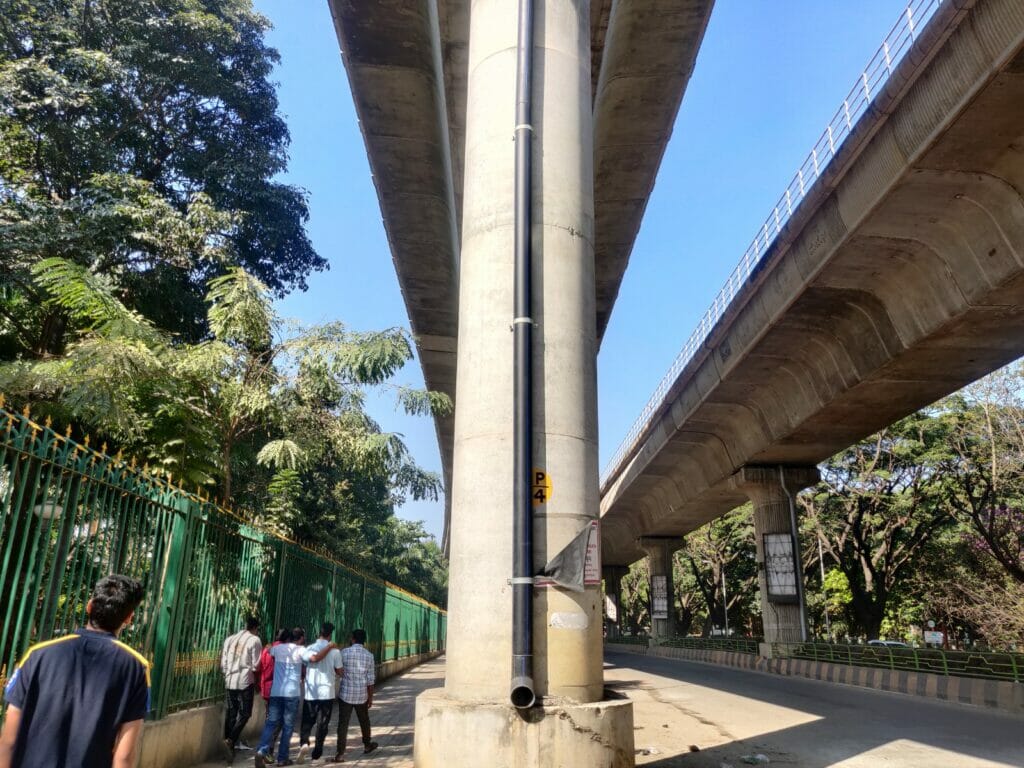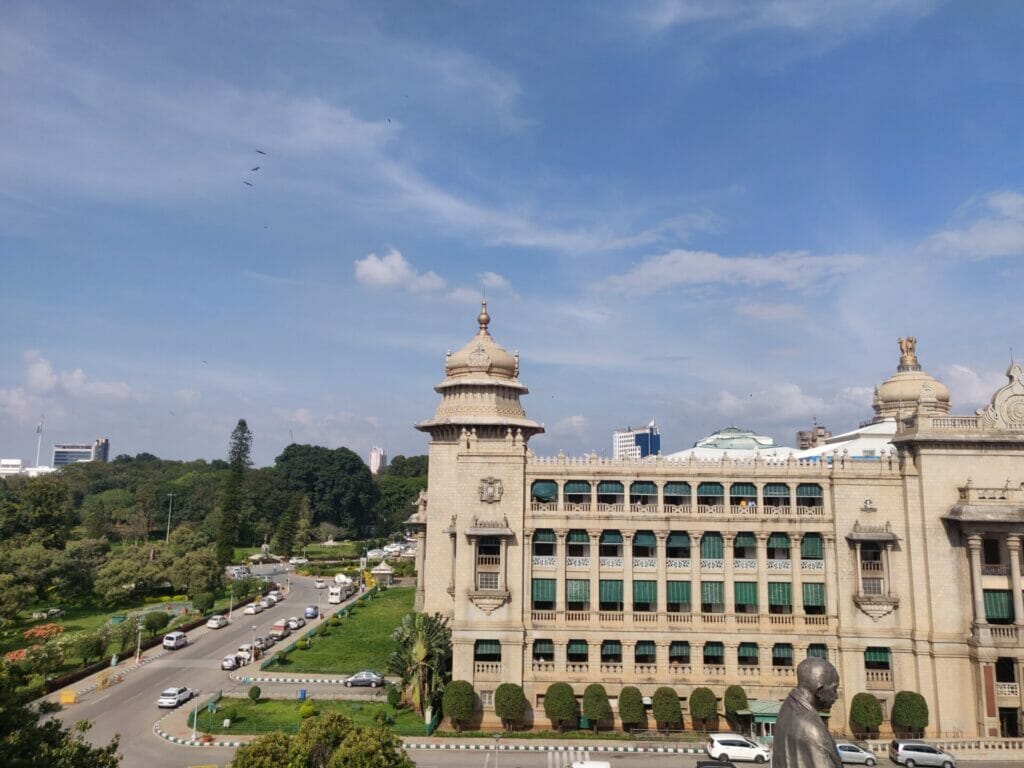The Bengaluru Metropolitan Land Transport Authority (BMLTA) was passed by the Karnataka Assembly, in December 2022, to unify all public transport under one umbrella.
Part 1 looked at the roles and functions of the BMLTA. In Part 2, we will look at several concerns raised over BMLTA’s lack of participatory planning and appropriate devolution of power to a lower level. Citizens and urban transport activists had voiced their concerns over passing the Bill. The primary issue was the lack of inclusive decision-making.
74th amendment act
In a letter to B. A Basavaraj, Minister of Urban Development Department and B. Sriramulu, Minister of Transport, several activists and citizens had requested not to table the Bill in its current form. They cautioned against the creation of another state-planned agency in Bengaluru as opposed to “empowering the city government to make decisions on mobility.”
In the letter, they state how the Bill lacks a “deeper and transformative vision for sustainable, equitable mobility in the city.” Further, the Bill has been criticised for going against the 74th constitutional amendment act and makes no mention of the Metropolitan Planning Committee (MPC), which strives to make ward committees more effective.

While the undersigned accept that there is a need for a unified authority that integrates transport planning and makes it more equitable, they also flag that the Bill in its current form is far from achieving this goal.
Among the reasons for petitioning against the Bill are lack of a transformative vision for the city, legitimising the past planning and governance failures of the city, and failing to establish an effective Comprehensive Mobility Plan (CMP) and its integration with the master plan.
They also mention that the Bill violates the 74th constitutional amendment act that envisaged decentralised governance.
Read more: Namma Metro is not designed for inclusivity
A bureaucratic body
“The Authority is given much more power than any other other institutions of urban governance in Bengaluru. It supersedes the BBMP as well as other parastatal agencies like BDA, which raises questions, ” says Mathew Idiculla, legal consultant and urban governance expert associated with Azim Premji University.
“It is a very bureaucrat-heavy agency with hardly any elected officials,” he clarifies, as to how this would be another tool for the government to evade transparency or accountability.
In the Bill, the Directorate of Urban Land Transport (DULT) is the Secretariat of the Authority, and the Commissioner of DULT shall be the Chief Executive Officer of the authority.
DULT is a parastatal, like any other, and it has several responsibilities but no powers. “But as it is embedded in the BMLTA, it seems to absorb powers similar to that of the authority,” says Mathew.
Additionally, the Bill puts the Chief Minister of Karnataka, Basavaraj Bommai, as the head or Ex-officio Chairperson of the authority. “Thus, the state government may exercise their vision of projects like Peripheral Ring Road (PRR) to be possibly introduced through the BMLTA,” he says.
The case of the Comprehensive Mobility Plan
BMLTA is tasked with the preparation of the Comprehensive Mobility Plan for the Urban Mobility Region. According to Mathew, the Bill mentions that the master plan should align itself with the CMP and if there is any difference, BMLTA has the right to ensure that adjustments are made to the master plan.
“This basically means that we are placing a transport plan over the larger master plan. While the two plans should be aligned, it shouldn’t give one power over the other, ” Mathew points out.
He adds that the way the CMP is drawn up is not very participative. “If you look at the provisions, it is very clear that there is a small window for notices and a minimal level of consultations,” says Mathew, adding that this reflects a tokenist form of participation. While they invite comments, it is still the government’s prerogative to consider them or not.
“If there is a scenario where the master plan is done through consultations, but the CMP comes and overrides everything, then what’s the point?” Mathew questions.

Sudhira HS, a researcher at Gubbi Labs, mentions that BDA’s master plan is a statutory plan, which can be enforced. “Without the CMP being linked to BMRDA’s structural plan or BDA’s Revised Masterplan (RMP), it just becomes a plan on paper,” he says. Ideally, the point of trip generation is a function of land use. One cannot look at it in isolation or seek to come up with a transportation or mobility plan without looking at the land-use plan, Sudhira adds.
“New projects or metro alignments have to be in tandem with BMRDA’s structure plan and BDA’s RMP. While the former is done for 2031, the RMP is currently defunct, and we are still using the 2015 plan. Sudhir adds: “Planning of these cannot happen in silos, all of them have to be done together.”
Further, the Bill mentions its jurisdiction over the Urban Mobility Region. Laying emphasis on the jurisdictional boundaries, Mathew states that the Bill doesn’t clarify what this region is. “It can either be BBMP’s, BMRDA’s, BDA’s or even a new fourth jurisdictional boundary,” he says, adding how this might arise as a ground for conflicts.